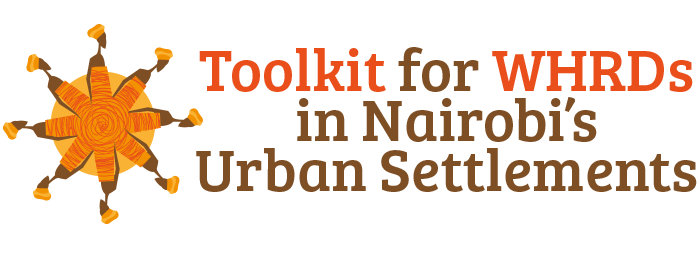Ethical considerations in doing documentation


Ethical concerns inevitably arise when determining the purpose of the documentation. Often the information and evidence gathered is intended for public consumption, such as for campaigning or for filing a court case. However, particularly in the context of Women Human Rights Defenders, where often the offences are sexual in nature, this process of documentation and its purpose requires careful consideration. So in documenting cases involving WHRDs, the following principles should be followed to ensure ethical documentation:
Be transparent. The purpose of the documentation project has to be fully explained to the subject.
Uphold confidentiality. Secure written consent of the person whose story or experience was recorded. The victim must agree before information related to the case is used and disseminated. If the victim does not want the information to be used, their wish must be respected. It is important to explain to the victim how the information will be used, and the potential effects of any public disclosure.
Be accountable. Securing the dignity and security of the victim takes precedence among all other considerations in determining the final purpose of the documentation. While there are certain inherent dangers in human rights documentation work, great care must be taken not to create unnecessary risks for either the documenter, the organisation, the victims or witnesses.
Uphold the agency of the victim/survivor. The subject should be consulted in every step of the process to ensure that s/he is an active participant in the documentation process.
Ensure safety and security. Particularly in the cases of WHRDs where a culture of fear and silence has been internalized, the safety of the person who speaks out must be the first consideration. Once a WHRD has disclosed information, s/he may feel unsafe and request for relocation. This issue should be taken seriously, especially in situations where no formal or effective witness protection programmes are available.
Security does not only mean protecting those who gave the information, but also keeping the evidence secure. There are many ways to do this. The most basic is to ensure that all the documents are copied, and information is transferred to a secure location with regulated access by a limited number of people. Organisations that do documentation work should adopt policies and procedures to keep information secured.
Be gender and cultural sensitive at all times. Blaming and shaming victims, particularly of sexual violence, has created a culture of silence among women and WHRDs who have experienced abuse. Cases of sexual violence, especially if the act has been committed by a member of the family or community, are the most difficult to document. The victims seldom want to disclose what happened as this may lead to embarrassment, humiliation or even more violations.
In addition, Kenyan WHRDs, especially those working in urban settlements, are often reluctant to speak about themselves and the dangers they face because they take this to be part of their work. They do not want to draw attention to themselves, away from the sectors or issues they work for. Therefore, as a documenter you must be sensitive to these concerns and not compel a victim to testify to you unless s/he is ready. Having a psychological counsellor on hand may also be necessary in certain circumstances (certain organizations in Nairobi offer psychological and mental health services e.g. Nairobi Women’s Hospital).
For human rights advocates, not only WHRDs, there is a lot at stake with regard to the proper documentation of the human rights violations and abuses. Documentation is essential in their demand for accountability, and their efforts to end impunity for human rights atrocities. For WHRDs, this process is crucial in their campaign for recognition and calls for adequate and appropriate protection.
It is important to note that there are grave risks involved in doing human rights documentation. Participants during the survey raised concerns regarding the danger they already face when documenting violations of human rights.
Responsibility for the information and views set out in this Toolkit lies entirely with the authors.
